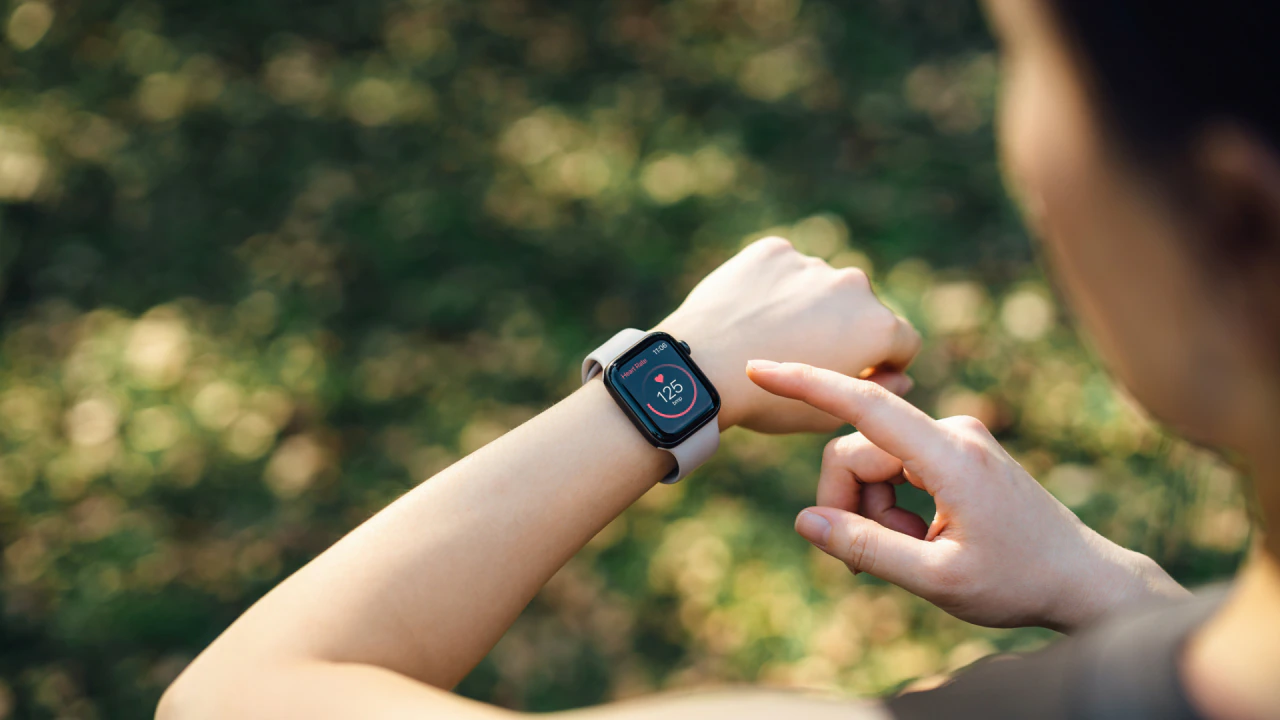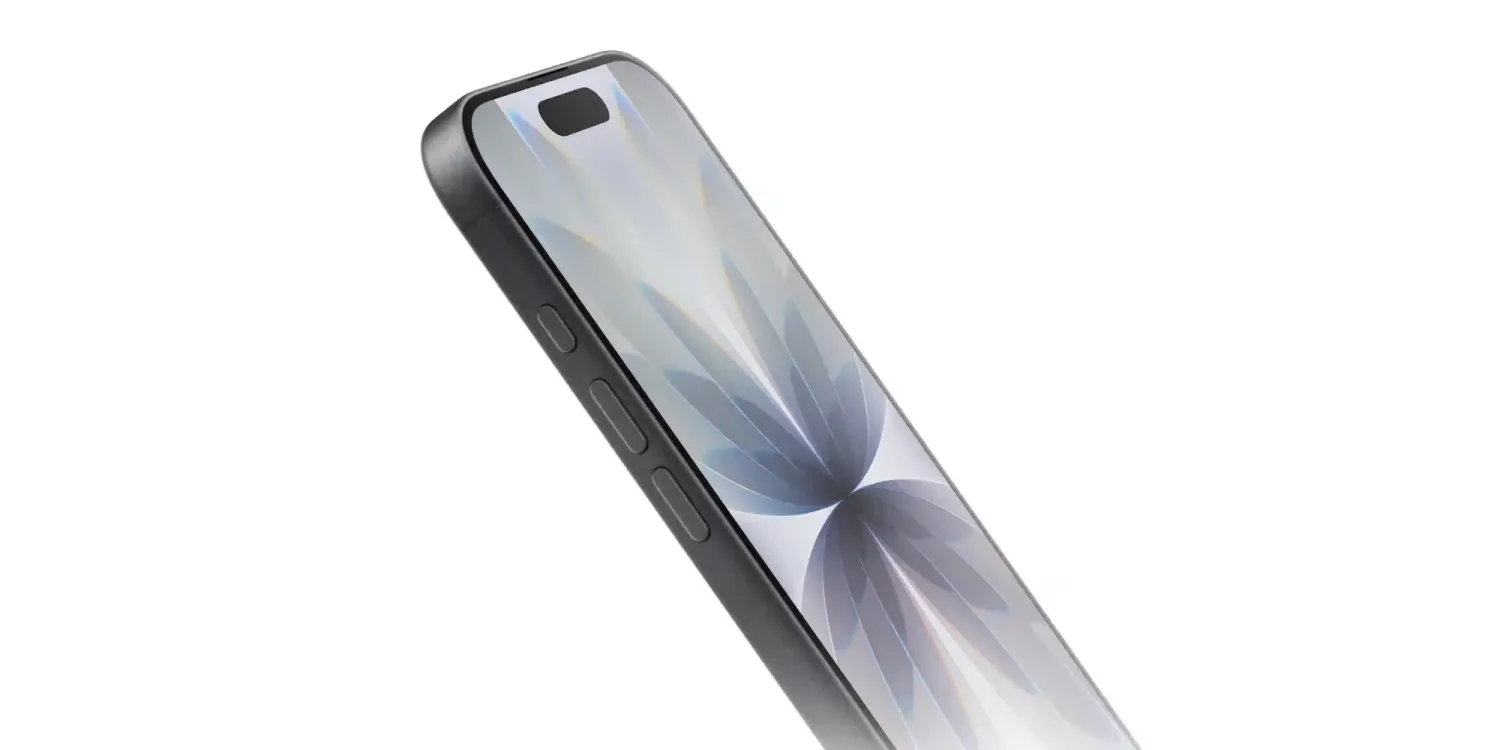A new large-scale study has cast doubt on the reliability of smartwatches when it comes to tracking stress levels, suggesting that these popular wearable devices often fail to reflect users’ real emotional states.
What the Research Found
Over a three-month period, researchers monitored nearly 800 young adults who wore smartwatches and reported their own levels of stress, fatigue, and sleep four times a day. The results showed virtually no correlation between self-reported stress and the readings provided by the devices.
In many cases, the watches registered “high stress” during moments of excitement or physical exertion—such as at weddings, during workouts, or while playing sports—mistaking elevated heart rates for signs of anxiety.
Sleep and Fatigue Tracking
The study also looked at other health features. Fatigue measurement, marketed by some devices as “Body Battery,” showed only a weak relationship to how participants actually felt. Sleep tracking was somewhat more accurate: two-thirds of participants who reported better sleep also showed nearly two extra hours of recorded rest. However, the devices measured only quantity, not whether people felt rested.
Why Stress Detection Falls Short
The main reason for inaccurate stress detection lies in how the watches collect data. Most rely on heart rate and heart rate variability, which can be influenced by both positive and negative emotions as well as physical activity. Without context, these devices cannot distinguish between joy, fear, or simple exertion.
Not a Medical Tool
The study’s lead author emphasized that smartwatches are consumer gadgets, not medical devices, and should not be relied upon for diagnosing or managing mental health. While they may offer valuable long-term trends—such as changes in activity levels that could hint at depression—they require more advanced indicators and contextual understanding to provide meaningful insights.
The Takeaway
If your smartwatch alerts you to “high stress,” it may simply be detecting a rise in heart rate from excitement or exercise. For a true picture of emotional well-being, users should combine wearable data with self-awareness and other trusted methods of assessment.
















Leave a Reply